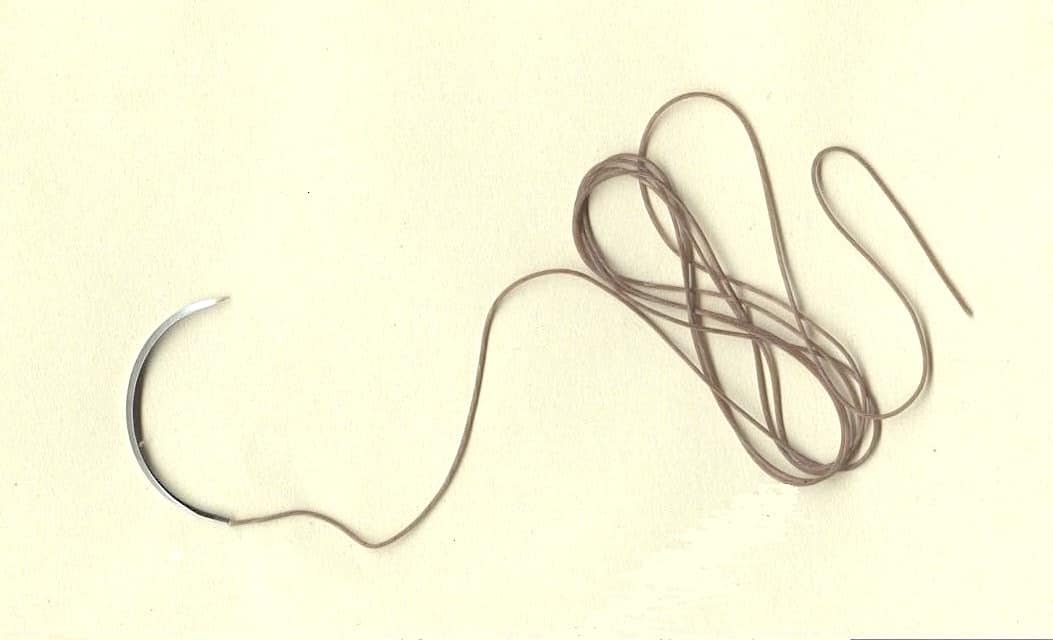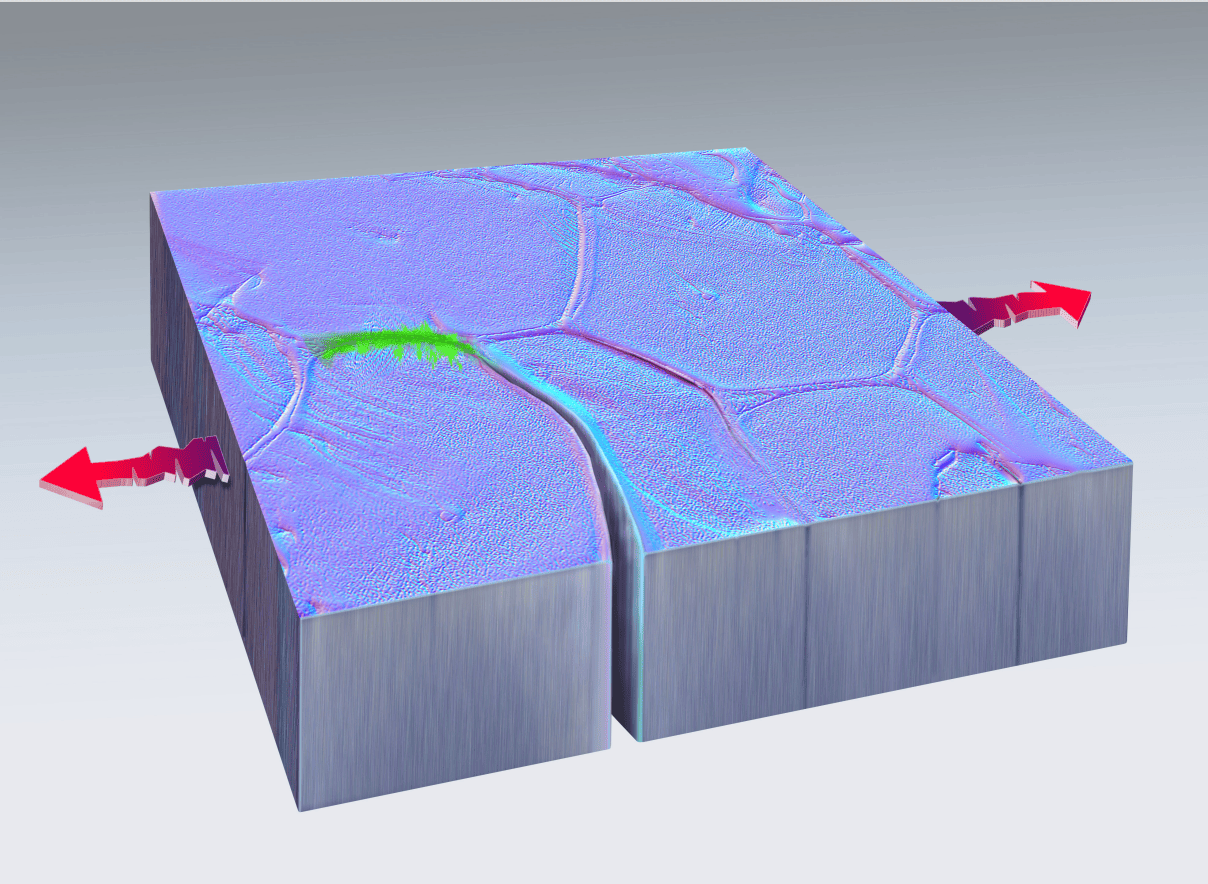
MIT engineers have developed innovative smart sutures that can not only secure tissue but also detect inflammation and release drugs. Inspired by ancient Roman catgut sutures, these tissue-derived sutures are coated with hydrogels, enabling the embedding of sensors, drugs, or cells that release therapeutic molecules. The researchers published their findings in Matter. The sutures, made from pig tissue and called “De-gut”, have a comparable tensile strength to commercial catgut sutures while inducing a lower immune response. Applications for these smart sutures include aiding Crohn’s disease patients after intestine surgery and healing wounds or surgical incisions. The hydrogel coating can carry drugs for inflammatory bowel disease and may be adapted for antibiotic or chemotherapy drug delivery. Ongoing research explores further applications, scaling up the manufacturing process, and using the sutures in other body parts.
Multifunctional De-gut sutures
The De-gut sutures were created by decellularizing pig tissue using detergents, a process that removes cells and reduces the risk of inflammation. This decellularized tissue retains structural proteins like collagen and biomolecules from the extracellular matrix. The tissue is then dehydrated and twisted into strands, resulting in sutures with tensile strength similar to commercial catgut sutures but with a lower immune response.
Jung Seung Lee, a former MIT postdoc, sees the potential in decellularized tissues, stating they have been “extensively used in regenerative medicine”. The De-gut sutures represent “a novel platform for performing sensing and delivery using decellularized tissue”.
Hydrogel coating for sensing and drug delivery
The De-gut sutures are coated with a hydrogel layer, which embeds various cargo such as inflammation-sensing microparticles, drug molecules, or living cells. For detecting inflammation, microparticles are coated with peptides that are released in the presence of inflammation-associated enzymes (MMPs) and can be detected through a urine test.
Regarding drug delivery, the hydrogel coating can carry drugs for inflammatory bowel disease, including dexamethasone (a steroid) and adalimumab (a monoclonal antibody). These drugs are encapsulated in FDA-approved polymers (PLGA and PLA) that control the release rate and can potentially be adapted for antibiotic or chemotherapy drug delivery.
Therapeutic cell delivery and future developments
Smart sutures also have the potential to deliver therapeutic stem cells. Researchers embedded sutures with stem cells expressing a fluorescent marker, which remained viable for at least seven days in mice. These cells produced vascular endothelial growth factor (VEGF), a protein that stimulates blood cell growth.
Further testing is underway for each application, and researchers are working on scaling up the manufacturing process and exploring the use of these sutures in other body parts besides the gastrointestinal tract. Omid Veiseh, an associate professor of bioengineering at Rice University, praised the decellularized gut suture as an “exciting platform for sensing and delivering small molecules, biologics, and living cells”.








